He was born on October 18, 1867 in Kreuzny in Rhineland-Palatinate. He came from an artistic family, he was the eldest son of the sculptor Robert Cauer the Elder (1831-1893) and Augusta née Schmidt. In 1882 he went to his father’s Roman studio. In the years 1905–1907 he lived in Berlin, later he moved to Królewiec, with which he remained until the end of his life as a lecturer of sculpture at the local Academy of Fine Arts. He educated many students. In 1926 he became a member of the Berlin Academy of Arts. He was a very distinctive person because of his exterior – tall stature, thick beard and the indispensable black hat. In 1933 he retired. Nine years later, the city of Królewiec honored him with the Goethe medal in the arts and sciences category. He worked in bronze, marble and shell limestone. Noteworthy are, among others his monuments: the painter Friedrich Müller in Bad Kreuznach (1905), the poet Friedrich Schiller in Królewiec (1910) and Kwidzyn (1933), German soldiers killed in World War I in Sztum (1929) and numerous examples of outdoor art (including fountains in Królewiec), busts, tombstones, architectural sculptures.
For the Malbork Castle, Cauer made a stone commemorative plaque in honor of Conrad Steinbrecht. Its drawing project was created in 1928. It was officially unveiled in the first span of the cloisters of the High Castle on the 10th anniversary of Steinbrecht’s death, on July 4th 1932, in the presence of the director of the State Castles and Gardens, Dr. Ernst Gall, and members of the Management Board of the Castle Reconstruction and Beautification Society Malborski. In 1930, the aforementioned Society purchased a bronze bust of Marshal Hindenburg from the artist for 1,000 marks. The sculpture, cast in the famous Berlin factory of Martin u. Piltzing Hofbildgieserei, was made to honor Hindenburg’s command on the Eastern Front in 1915.
Around 1926, for the Church of St. Jerzy Cauer made an epitaph commemorating parishioners who died on the fronts of World War I. In 1931 he completed the loss of a sculpture of a crying angel (a work from Gottfried Schadow’s school) on the tombstone of the war counselor Johann Karl Friedrich Müller (1736-1800), located in the cemetery next to the aforementioned church.
Cauer’s works in Malbork (except for Müller’s tombstone) have survived to this day. Steinbrecht’s plaque is displayed on the eastern terrace of the High Castle, the bust of Hindenburg (with numerous bullet holes) belongs to the Museum’s Collection of Historic Metals, the plaque in honor of the fallen Malborkians is located in the church.
Stanislaus Cauer died on March 3rd 1943 in Królewiec. He was buried in the cemetery in Judyty, under the granite tombstone designed by him from 1938, which has not survived to this day.
Lit .: Cauer, Stanislaus, [in:] Allgemeines Lexikon der Bildenden Künstler von der Antike bis zur Gegenwart, hrsg. U. Thieme, F. Becker, Bd. 6, Leipzig 1912, p. 201; Geschäftsbericht des Vorstandes des Vereins für die Herstellung und Ausschmückung der Marienburg für die Zeit vom 1. Januar 1928 bis zum 31. Dezember 1929, Königsberg Pr. 1930, p. 5; Geschäftsbericht des Vorstandes des Vereins für die Herstellung und Ausschmückung der Marienburg für die Zeit vom 1. Januar 1930 bis zum 31. Dezember 1931, Königsberg Pr. 1932, pp. 3, 5; B. Schmid, Die Evangelische Pfarrkirche St. Georgen zu Marienburg, Marienburg 1932, pp. 17, 22; G. Schmid-Esters, Cauer, Stanislaus, [in:] Saur Allgemeines Kunstlerlexikon, Bd. 17, Carter-Cesaretti, München-Leipzig 1997, p. 335.
(compiled by R. Rzad)
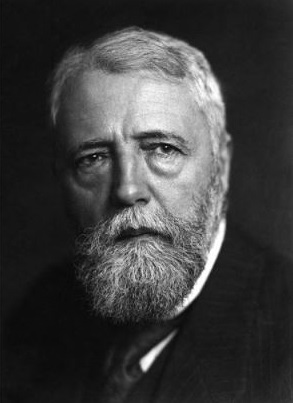
Photo source: https://en.wikipedia.org/wiki/Stanislaus_Cauer (accessed on 04/02/2021)
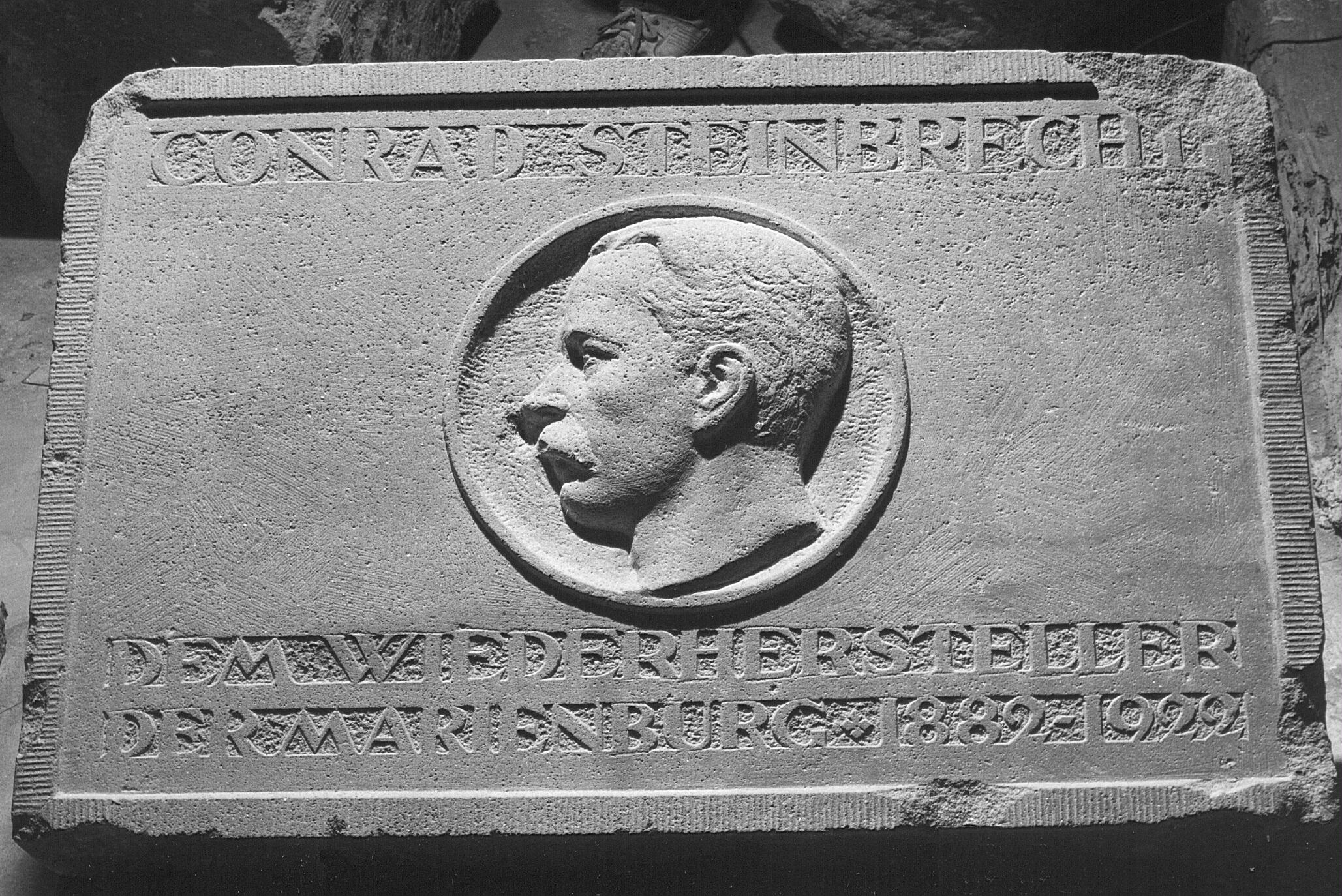
Commemorative plaque in honor of Conrad Steinbrecht (photo by R. Rzad)
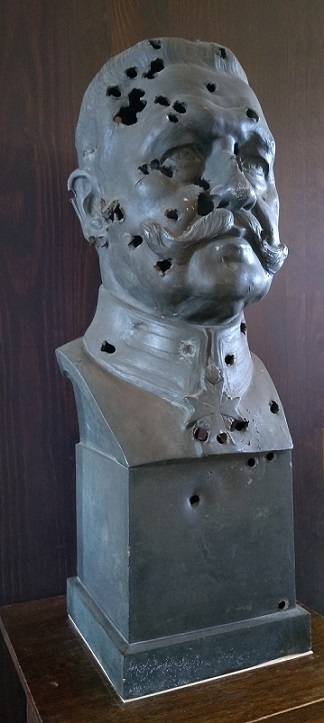
Popiersie marszałka Paula von Hindenburga (fot. R. Rząd)
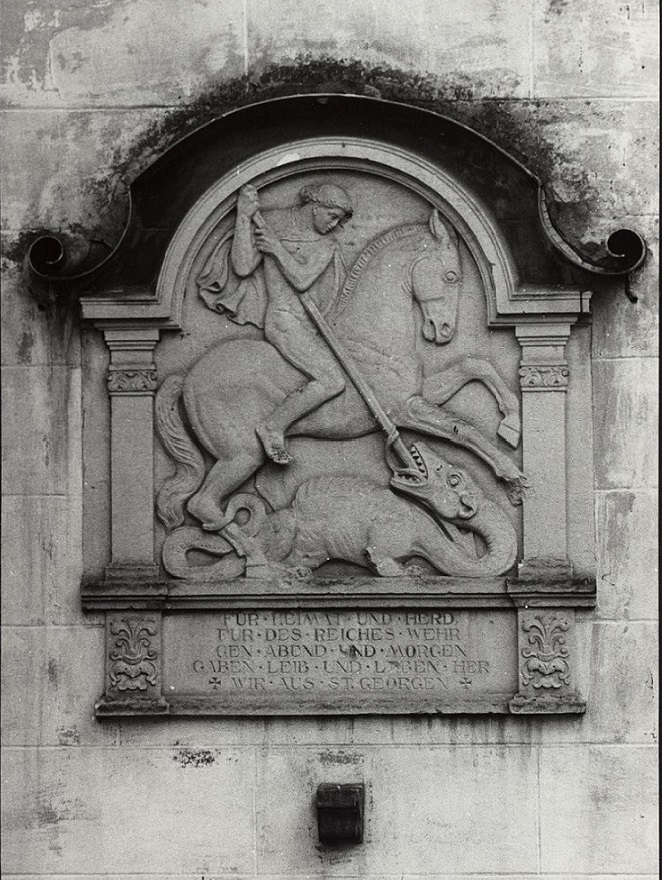
Epitaph at the Church of St. Jerzy (photo by R. Government)
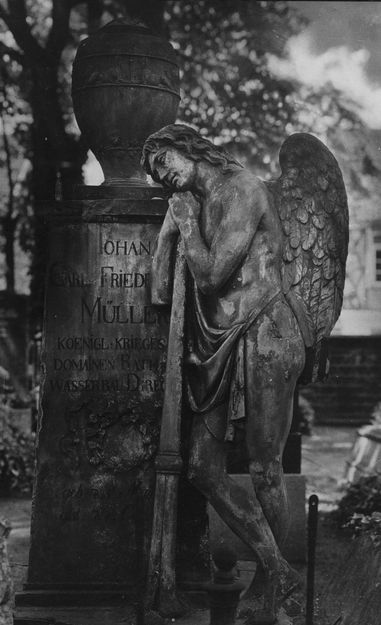
Tombstone of Johann Karl Friedrich Müller (owned by the author)
